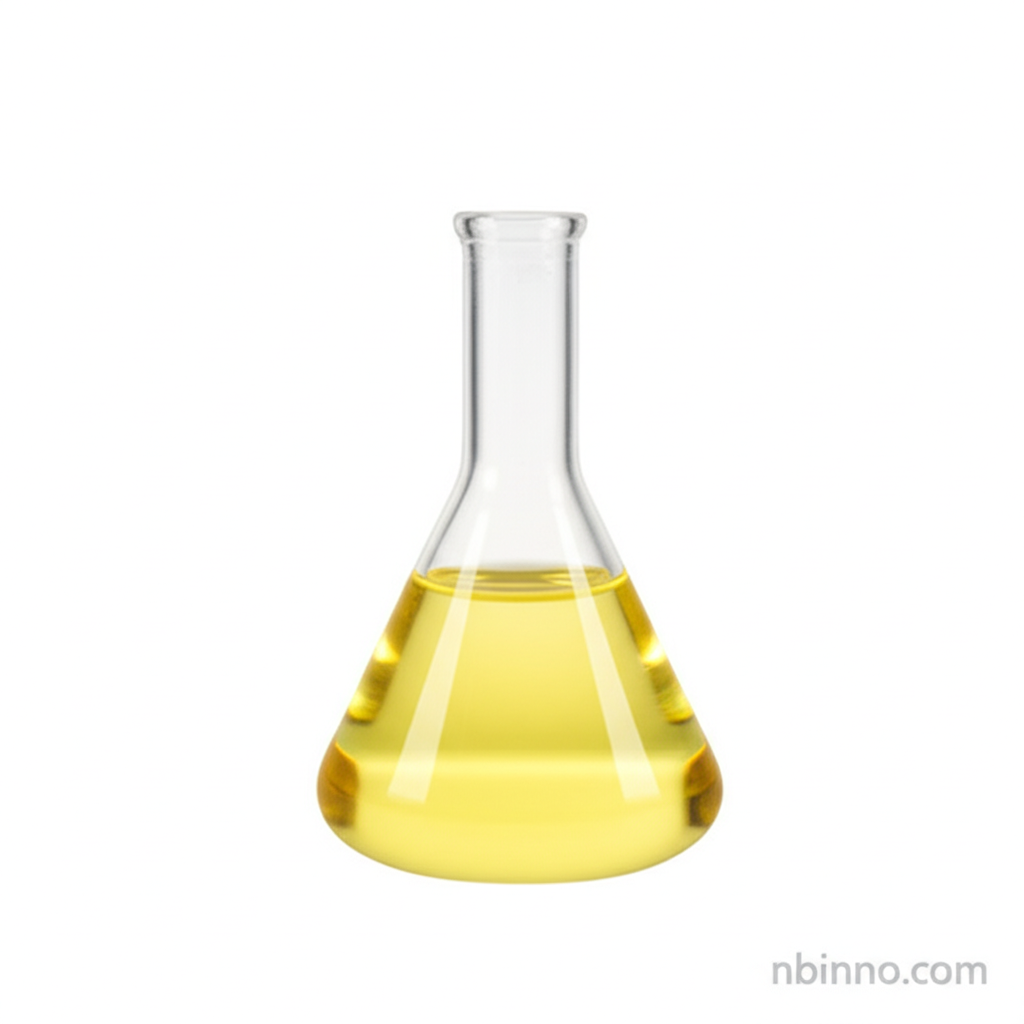Ethyl 2-Methyl-4,4,4-Trifluoroacetoacetate: A Versatile Chemical Intermediate
Discover the key properties and applications of this vital fluorinated compound in modern chemical synthesis.
Get a Quote & SampleProduct Core Value

Ethyl 2-methyl-4,4,4-trifluoroacetoacetate
This compound serves as a crucial building block in various advanced chemical syntheses, particularly in the development of specialized molecules. Its unique trifluoroacetyl group and keto-ester functionality make it invaluable for introducing fluorine atoms and creating complex organic structures. We focus on providing high-purity materials essential for your research and development needs.
- As a key fluorinated chemical intermediate, its unique structure is vital for the synthesis of specialized molecules.
- Explore the diverse applications of this chemical intermediate in advanced organic synthesis projects.
- Understand the importance of CAS 344-00-3 in pharmaceutical intermediate development and related chemical research.
- Discover how high-purity fluorinated chemical intermediates contribute to innovation in various scientific fields.
Key Advantages
Enhanced Reactivity
The trifluoroacetyl moiety in this compound significantly influences its reactivity, enabling unique transformations crucial for developing novel chemical entities. Leveraging this for your organic synthesis projects can lead to more efficient reaction pathways.
Fluorine Introduction Capabilities
Effectively introducing fluorine atoms into organic molecules is critical for modifying their properties, such as bioavailability and metabolic stability. This intermediate simplifies that process for your pharmaceutical intermediate needs.
Broad Application Spectrum
This compound is widely recognized for its utility in preparing biologically active molecules, including inhibitors for calcium-activated chloride channels, showcasing its versatility in chemical synthesis.
Key Applications
Pharmaceutical Synthesis
This vital building block is essential for creating complex pharmaceutical intermediates, supporting the development of new therapeutic agents and improving drug efficacy through precise chemical synthesis.
Organic Chemistry Research
Researchers utilize this compound extensively in organic chemistry to explore novel reaction mechanisms and synthesize advanced materials, making it a cornerstone for scientific discovery.
Materials Science
The incorporation of fluorine often imparts unique properties to materials. This intermediate can be used in the development of specialized materials with tailored characteristics for various high-tech applications.
Agrochemical Development
Similar to pharmaceuticals, the introduction of fluorine can enhance the efficacy and stability of agrochemicals. This compound offers potential for innovation in pesticide and herbicide development.
